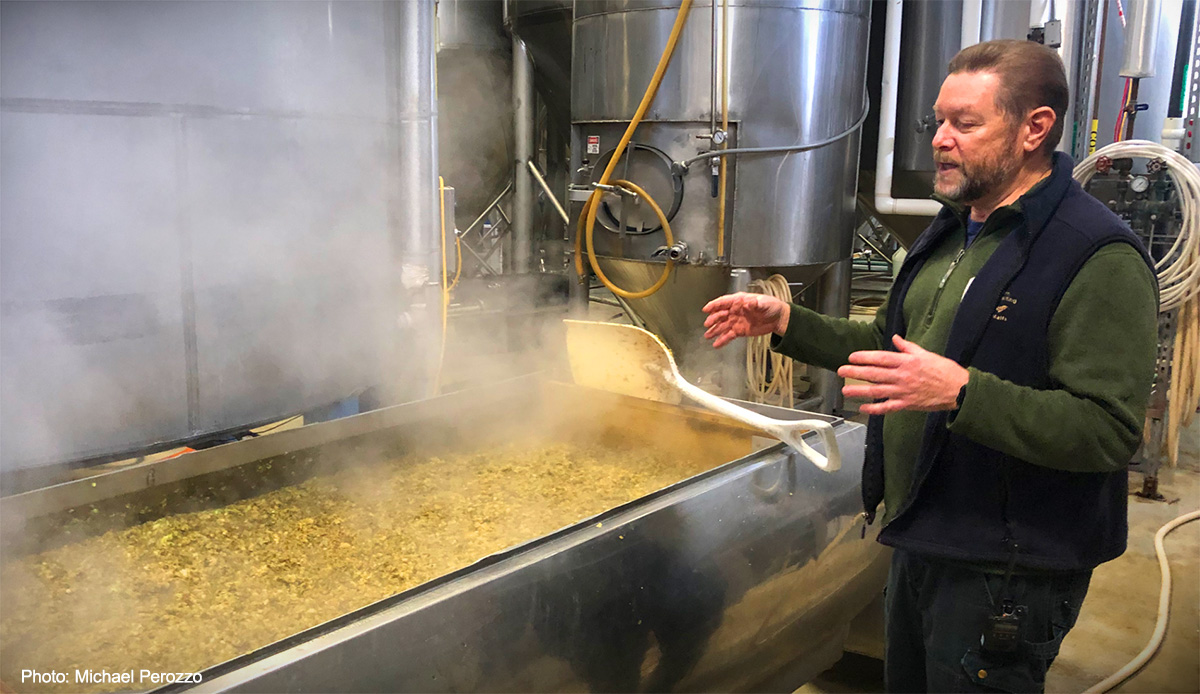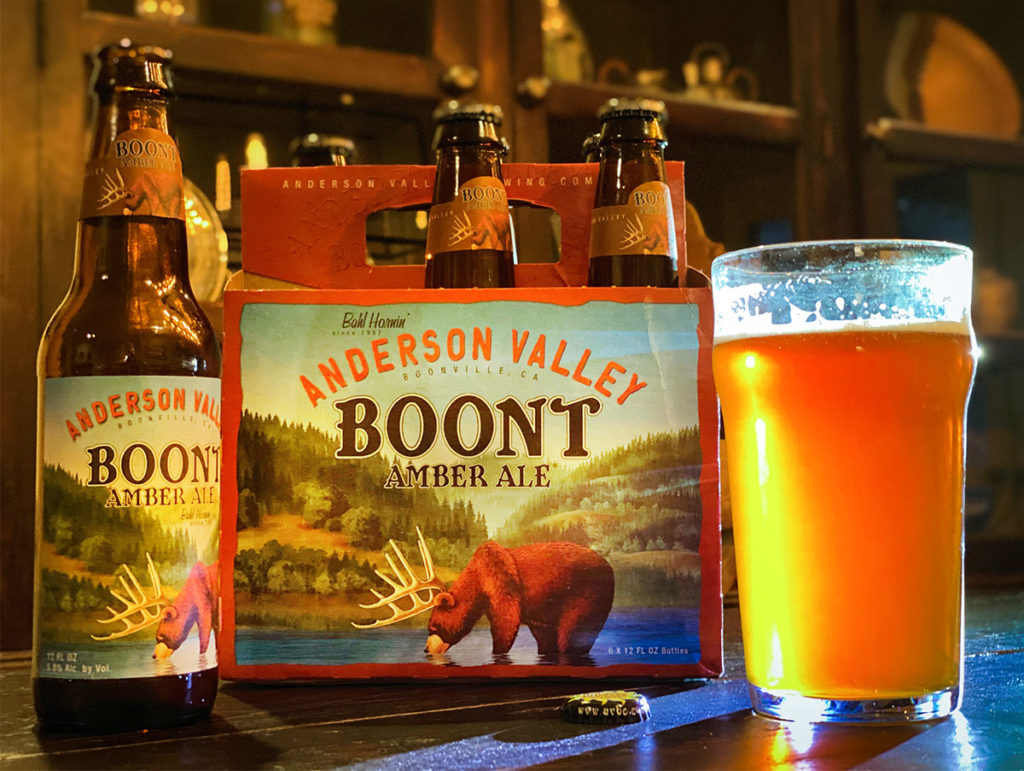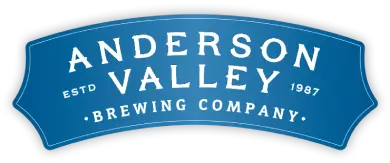
Tapping Genius: Inside the Mind of Brewmaster Fal Allen
Just as a chef artfully prepares and arranges ingredients into a culinary feast, a brewmaster takes everyday elements and ferments them into something extraordinary. While the leeway a brewmaster is given varies from brewery to brewery, Fal Allen has been the prominent palate when it comes to shaping the direction and style of beer at Anderson Valley Brewery. As beer lovers and AVBC enthusiasts we’ll assume that, like us, you agree that’s a very good thing.
Thanks so much for joining us this week Fal, we’d apologize for interrupting your daily tasting meeting but we were secretly hoping for an invite.
Ha, you’re welcome to join any time! The human palate can sense things in the parts per billion quite easily, like ten parts per billion versus fifteen parts per billion, so we taste to ensure quality and consistency. Our tastings are rather informal but we do them 360 times a year and I’ve been doing this for thirty-two years.
Wait, who’s we and why doesn’t that include me?
When it comes to tastings we encourage people to sit in. On any given day it’s usually myself, a production manager, and the lab manager. We can catch any problems as they occur, for instance is fermentation slowing down or is a batch over hopped? We take meticulous notes and we can refer back to those. Sometimes we adjust recipes based on what we’re tasting, and we taste both bottles and cans after packaging for consistency.
This actually sounds like work.
It’s science. In addition to tasting we have a very good lab and do a whole lot of lab work every day. We have one of the larger lab staffs for a brewery our size.
Is that the secret to what makes Boont Amber so good?
Well, that’s subjective I suppose. I’m glad people seem to really enjoy what I brew, but I understand that everyone has a different palate and what dictates a “good beer.” I tend to lean away from the “bigger is better” philosophy that’s shaped many West Coast beers. We’re starting to see a resurgence in amber ales again and although our original Boont Amber has been our best seller since we started in 1987, the style is making a comeback. I think it’s a great beer, but I’m just carrying the torch.

Why do you think that is? I thought it was all about the hops?
IPAs are all about punch whereas British pales, or amber ales, are all about panache. You have to be more even handed, a little more delicate. Most consumers, when they first have a beer, they want to have one that’s unusual and then a couple more that are more subtle. Another reason is that IPA is not food beer, the strong hop bitterness and flavor overwhelms everything else.Because of caramel and bread notes the Boont Amber goes well with so many things, and it’s still accessible. It was my first craft beer and it’s a gateway beer that you can continue to come back to because it’s not a flavor you ever leave behind.
Speaking of flavor, how do you get the vanilla and caramel notes in the Boont Amber? It’s so rich, yet refreshing at the same time.
Originally we were using English hops but when we got better American hops we switched over but tried to keep the same flavor and aroma. Right now we use Cascade and Mt Hood hops and we use a hopback, which is a big open vessel where you run hot wort over fresh whole flower hops. Whole flower hops have a different aroma than pellet hops, and gives you lots of delicate floral notes. We also use pale malt and low roasted and high roasted crystal malt to round out the depth of flavor.
Tell us a little about your background and how has that influenced your technique and style.
I grew up in Hawaii and when I finished school I moved to Oregon and discovered home brewing. I started out at Redhook in 1988 and the brewmaster there took me under his wing before I landed a job as head brewer at Pike Place Brewing. I worked there for nine years and decided to come south and ended up in Anderson Valley Brewing Company. I fell in love with Anderson Valley and worked for five years until I was lured away to open a brewery in Singapore. After five amazing years I faced a decision that confronts every expat and decided to return to the United States, where there just happened to be an opening for a head brewmaster at Anderson Valley. I’ve been able to pull from a global flavor palate and translate that into some of our newer releases with the use of black rice or Hawaiian lilikoi fruit in our Tropical Hazy Sour.
It seems like recently you’ve put Anderson Valley on the map for goses, was that a happy accident?
A few years ago our lab guy Andy came to me and said he wanted to make a sour mash beer, like they make sour mash whiskey. We tried it and ended up with a horrible gym sock flavor. We both read and researched and came to the same conclusions about how we should make a sour beer in the brew house, and not in the barrel process, because that’s a totally different method. One day we were sitting at the pub having a beer and talking about it when my neighbor came by, overheard us, and said “that sounds like a perfect way to make a gose” and we both said “a what?” We’d never heard of it. We went back and researched and found a few bottles of goses from Germany and tasted them. Once we had a goal it became clearer about what malts we were going to use and the style we were shooting for. It needed some salenity and we added some coriander and came up with a pretty nice beer.
Pretty nice? You must have nailed it because you’ve since written the definitive guide to goses.
We’re always trying something new. Sometimes the flavors work, other times they don’t. We do a small 8 barrel pilot brewery but keep in mind our main brewery is a fairly large 100 barrel commercial brewery so we have to be able to create everything to scale. No one wants to hand peel 500 crates of cucumbers to make thousands of cases of cucumber sour, as delicious is that is you’ll just have to stop by the tasting room for our limited and small production releases.
Don’t mind if we do! We’re still holding you to that tasting panel invite as well. Thanks so much for taking the time to chat with us today Fal, we can’t wait to see what you come up with next. Now get back to work so we can keep that beer flowing.


